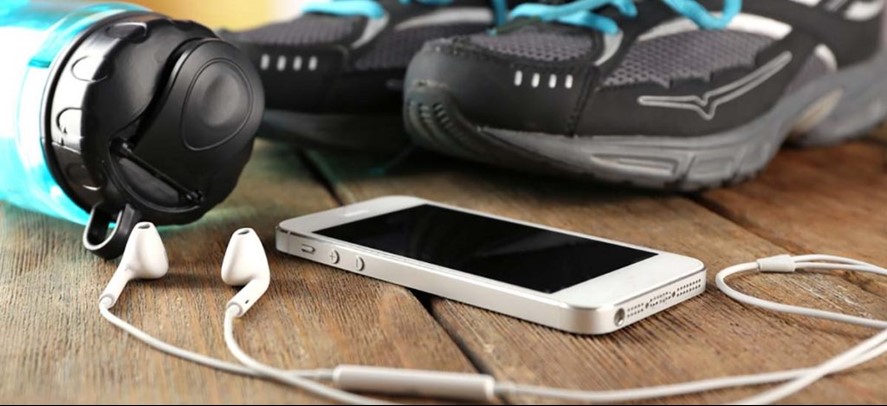Latest News
What exactly do IP ratings mean?
By Harry Brown |
29th December, 2017 |
Categories:

Samsung and Apple may be the brands that come to mind when you think of the smartest phones with the latest tech. And while their current devices might be waterproof, Sony was actually the first to release such a phone.
Yep, Sony’s Xperia Z might not have been a blockbuster hit like this year’s Samsung Galaxy S8, but back in 2013 it was the first waterproof phone. In fact, most of the devices Sony launched that year were waterproof. The company was even selling earbuds in bottles of water to demonstrate the tech.
Okay, there might have been water-resistant phones available before the Xperia Z, but Sony promised that this phone could be used in the shower and survive an accidental drop down the toilet.
Fast-forward to 2017, and we now expect our phones, smartwatches, and numerous other connected devices to be waterproof.
When reading up on phones, you’ll no doubt have seen or heard firms reference the ‘IP rating’. But what is this rating? And what does it actually mean?
IP – What does it mean?
IP stands for ‘Ingress Protection’ and IP ratings define how resistant a gadget is to things like dust, dirt and moisture. But it is the numbers that will let you work out how resilient your phone is.
What do the numbers mean?
As Tech Radar explains, the first number in the sequence refers to the device’s solids protection; letting you know how likely it is for dust to get into the device and whether you should avoid taking it to the beach.
Most commonly, this number will be a five or a six. Number five means: “ingress of dust is not entirely prevented, but it must not enter in sufficient quantity to interfere with the satisfactory operation of the equipment; complete protection against contact.”
If it has number six, it will offer complete protection, with the definition stating: “no ingress of dust.”
Occasionally, a company won’t want to disclose how well protected its device is against dust, like the Amazon Kindle Oasis, and they’ll replace first number with an X, e.g. IPX8.
The second number relates to how waterproof the device is. Nearly all mobile phones will have an IP rating of at least three or four. This rating protects it from splashing or spraying water, enabling you to use your phone in the rain.
From five you get more protection. A rating of five protects against “water projected by a nozzle (6.3mm) against enclosure from any direction.” While a rating of six protects against “water projected in powerful jets (12.5mm nozzle) against the enclosure from any direction.”
But for a waterproof device, you need to find a rating of seven or more. Number seven means “ingress of water in harmful quantity shall not be possible when the enclosure is immersed in water under defined conditions of pressure and time (up to 1 metre of submersion).” Devices with a waterproof rating of eight will be able to handle submersion beyond 1 metre.
No phone is 100%, with even the highest IP ratings leaving the possibility of water seeping in if you submerge for too long or at very deep depths. However, IP67 and IP68 will give you peace of mind in your day-to-day life, even if you spend all your days next to a swimming pool (lucky you!).
IP67 certified devices include: iPhone X, Google Pixel 2 and Pixel XL 2, iPhone 8, and the iPhone 7.
IP68 certified devices include: Samsung Galaxy Note 8, Galaxy S8, Galaxy S8 Plus, LG V30, LG G6, Sony Xperia XZ1, Sony Xperia XZ Premium and the Samsung Galaxy S7 range.


